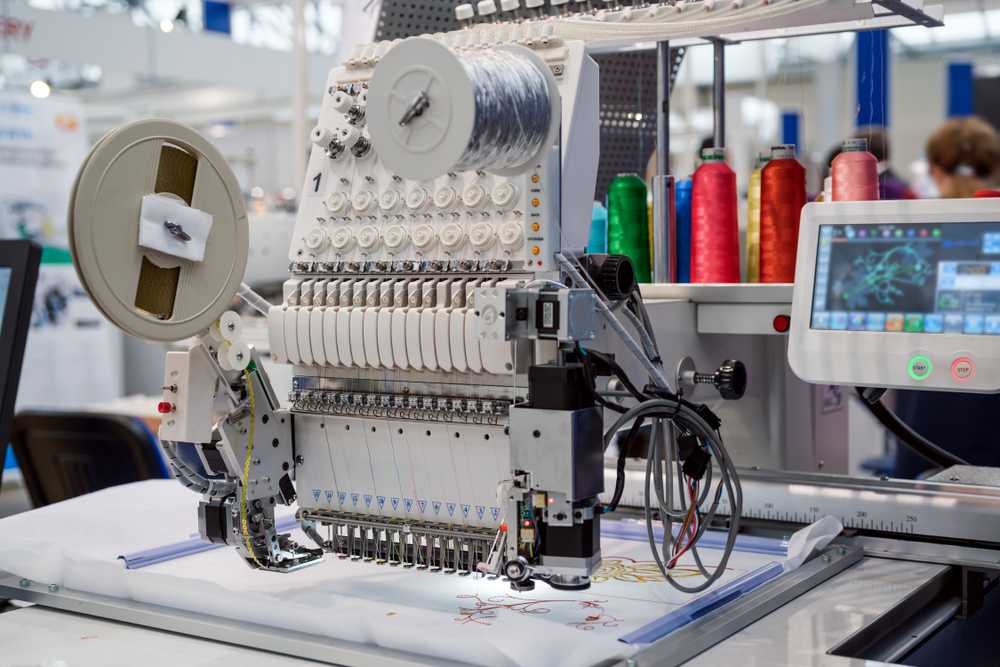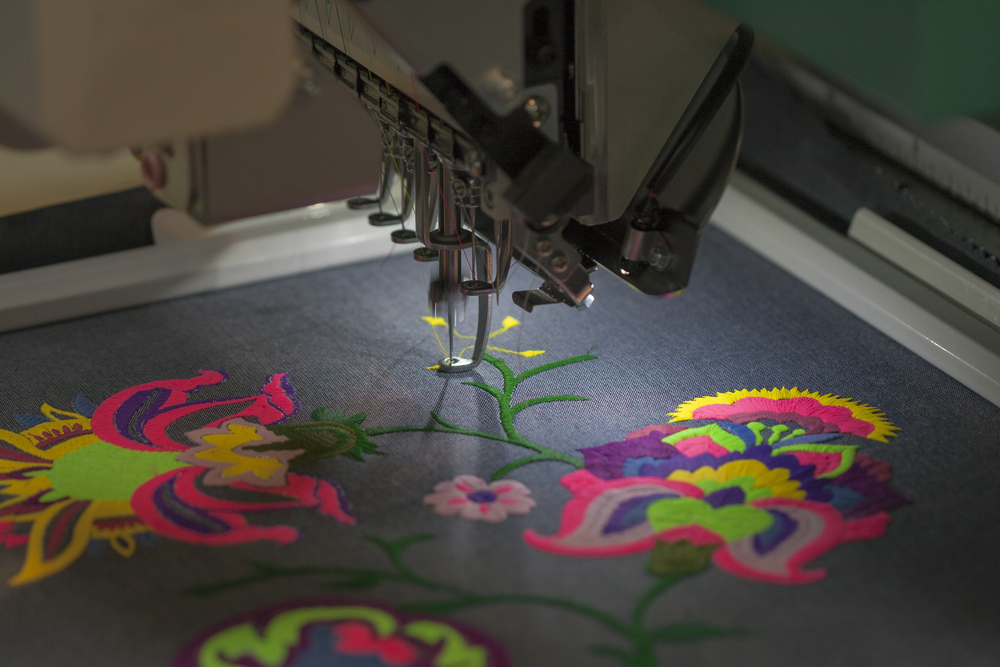Top-Rated Digitizing for Embroidery: Perfect Stitch Each Time
Top-Rated Digitizing for Embroidery: Perfect Stitch Each Time
Blog Article
Mastering the Needlework Digitizing Refine: Your Ultimate Guide
Embroidery digitizing is a thorough craft that needs precision and competence to translate elaborate designs into digital layouts for maker embroidery. As artisans begin on this journey to master the embroidery digitizing procedure, a comprehensive understanding of the fundamentals establishes the structure for quality. Beyond the fundamental expertise lies a world of innovative software, specialized devices, and nuanced strategies waiting to be explored. By diving right into the subtleties of digitizing, one can open a globe of creative opportunities and elevate their needlework projects to brand-new heights.

Understanding Needlework Digitizing Fundamentals
Embroidery digitizing essentials form the structure whereupon intricate styles are converted into machine-readable styles for specific sewing. This first action in the embroidery digitizing process is critical for ensuring that the last stitched item is a faithful depiction of the original design. Comprehending needlework digitizing fundamentals entails comprehending vital concepts such as stitch types, stitch instructions, thickness, underlay, and draw payment.
Sew kinds play an important duty in identifying the visual and textural end result of the stitched style. By choosing the proper stitch kind, whether it be satin, fill, or running stitch, digitizers can achieve the wanted effect and enhance the general top quality of the needlework. Furthermore, stitch instructions affects the flow and measurement of the design, while density figures out the spacing and coverage of the stitches.
In addition, rug sewing offers security to the design by safeguarding the textile and avoiding distortion throughout the embroidery procedure. Pull compensation is an additional vital factor to consider to counteract the natural tendency of material to agreement when sewn. Grasping these needlework digitizing essentials is essential for developing professional-quality stitched products.
Selecting the Right Digitizing Software Program
Picking the proper digitizing software application is an essential choice that dramatically impacts the performance and high quality of the embroidery digitizing process. Digitizing for Embroidery. When picking the best digitizing software program, it is necessary to think about variables such as the complexity of styles you plan to create, the user-friendliness of the software program, the level of client support provided, and the compatibility with your needlework maker
There are different digitizing software application choices available out there, varying from fundamental programs for beginners to innovative software application for specialist digitizers. Some preferred options consist of Wilcom EmbroideryStudio, Hatch Embroidery Software Application, and PulseID. These software program packages offer a vast array of tools and features to assist you produce complex designs easily.
Prior to choosing, it is a good idea to discover the different software alternatives through totally free tests or trials to figure out which one finest fits your demands. Furthermore, checking out testimonials and seeking suggestions from knowledgeable digitizers can supply beneficial understandings right into the strengths and weaknesses of each software program plan (Digitizing for Embroidery). By very carefully evaluating your requirements and comparing the functions of various digitizing software application, you can make an informed option that improves your embroidery digitizing process
Digitizing Tools and Methods

Optimizing Design Settings for Embroidery
Understanding the details of layout settings is basic in attaining optimal cause the embroidery digitizing process, structure upon the foundation laid by recognizing digitizing devices and methods. When enhancing layout settings for embroidery, it is important to consider variables such as stitch kind, thickness, underlay, pull payment, and enrollment. Sew type selection affects the total look of the layout, with alternatives like satin, fill, and running stitches offering different structures and effects. Thickness describes the spacing and density of stitches, impacting the style's protection and sturdiness. Appropriate underlay sewing gives stability and protects against textile distortion, specifically for complex styles or on stretchy materials. Draw settlement adjusts for textile stretch during stitching, making sure accurate layout replication. Registration settings align various aspects of the style properly, preserving overall layout honesty. By fine-tuning these style settings, embroiderers can enhance the high quality and accuracy of their stitched creations.

Troubleshooting Common Digitizing Issues
When experiencing common digitizing concerns during the embroidery process, it is important to comprehend the root causes and execute reliable solutions immediately. One typical trouble is stitch thickness problems, where stitches may be also dense, triggering the material to pucker, or as well sporadic, leading try this website to voids in the style. Readjusting the stitch density setups in the digitizing software application can aid solve this concern.
One more constant obstacle is string breaks during the embroidery procedure. This can happen due to various factors such as incorrect tension setups, plain needles, or using low-quality thread. Ensuring proper maintenance of the needlework maker, including normal needle modifications and stress modifications, can lessen the event of string breaks.
Moreover, design enrollment mistakes can result in misaligned aspects within the embroidery layout. Inspecting the layout positioning in the digitizing software and making necessary adjustments before sewing can aid in avoiding this issue. By resolving these usual digitizing concerns quickly and successfully, you can ensure a smoother needlework process and top notch finished products.
Final Thought
To check out here conclude, understanding the needlework digitizing process requires a solid understanding of the basics, the appropriate choice of software program, and expertise of tools and methods. Optimizing design setups and fixing common digitizing concerns are important actions in making certain top quality needlework results. By complying with these actions faithfully, one can achieve precision and effectiveness in the digitizing process.
Report this page